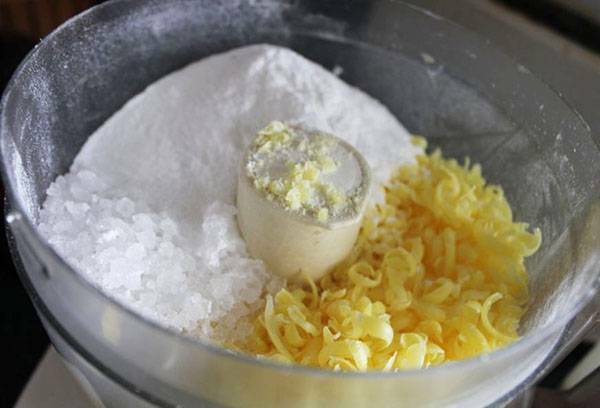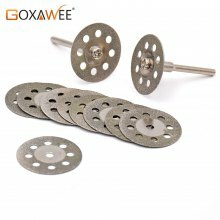Ingredients for washing powder
Washing powder firmly established in the list of purchases of every good housewife. But what if it suddenly ended and there is not a gram of this product in the house? Can I find him a worthy replacement from improvised means?

Pros and cons of home-made powders
What are the advantages of a home remedy for washing?
- There are no doubtful, harmful components in its composition.
- Does not have a characteristic chemical odor.
- Does not cause allergies, can be used to wash children's clothing.
- Different recipes allow you to prepare the powder for both manual and machine wash.
- Perfectly copes with heavy dirt.
- Ingredients are inexpensive, they can be easily found in the store.
However, there are drawbacks.
- Preparation of a detergent takes a while.
- Homemade powder can leave white stains on clothes because of the high content of soap.
- If soda ash is used in the recipe, gloves should be worn for hand washing.
As you can see, the advantages of home remedies are much greater, and the variety of recipes allows the hostess to choose the most optimal option.

Ingredients for washing powder
Before you make a washing powder, you need to prepare the following dishes:
- small saucepan;
- bucket;
- wooden spoon;
- empty bottles from under the water.
Ingredients:
- baby or usual soap without perfume;
- soda ash;
- baking soda;
- citric acid;
- essential oil of lavender, lemon( or any other);
- borax;
- salt;
- water.
What are the properties of these substances?
- The borax, or sodium tetraborate, is a mineral that has excellent detergent properties due to its alkaline composition. It is often used for softening fabrics and washing children's clothes. Has antifungal, antimicrobial antibacterial action.
- Nutritional soda neutralizes pH in excess of alkali and acid, softens and disinfects the tissue.
- Soap has long been used for hand washing, but special recipes for home-made powder can successfully use it for a washing machine.
Tip
If you cook detergent powder at home for the first time, make small portions according to different recipes. This will help determine the choice.

5 recipes of home remedy for washing
There are many ways to make a detergent at home, we will quote the most popular, tested and approved by many housewives.
Recipe # 1 - for linen and cotton fabrics
To wash natural fabrics from vegetable fibers correctly, the detergent must have an alkaline reaction.
Components:
- commercial soap( 50 g);
- food soda( 200 g);
- calcined soda( 100 g);
- salt( 1 tbsp.).
Preparation: grate soap, add the remaining ingredients, mix thoroughly( you can use a blender).
Recipe # 2 - for silk and wool
These fabrics are very delicate, so the soda ash should be removed from the composition and made more acidic with the help of lemon. If the fabrics are colored, baking soda should also be replaced with salt, this will help to wash the fabric gently, preserving the natural color.
Ingredients:
- soap( 100 g);
- salt or food soda( 400 g);
- citric acid( 2 tbsp.).
Method of preparation: soap rub, add salt, citric acid, mix well, and then pour into a suitable container for storage.

Recipe # 3 - for washing artificial fabrics
To wash such clothes, the composition of the product must be made more sparing. The effect is achieved by reducing the amount of soda ash or by completely replacing it with food grade soda. Wash at a maximum temperature of 40 degrees.
Components:
- soap( 50 g);
- food soda( 250 g);Calcium soda
- ( 75 g).
How to prepare: grate soap thoroughly with the rest of the ingredients.
Recipe №4 - for washing children's clothes
Using borax in the composition will gently clean and sanitize children's clothes.
Components:
- soap( 100 g);
- baking soda( 400 g);
- drill( 150 g).
Preparation: grate soap finely, add the remaining ingredients, mix thoroughly.
Recipe # 5 - liquid powder
The gel-like consistency allows to reduce the consumption of the product. Suitable for all types of fabrics, except silk and wool.
Components:
- commercial soap( 100 g);
- food soda( 400 g);
- drill( 200 g);
- water( 5 liters);
- essential oil( 15 ml).
Method of preparation
Pour 1 liter of water into a pot, add grated soap, put on slow fire until smooth. The remaining 4 liters of water to boil, add soda, borax and soap solution obtained. Stir thoroughly, adding essential oil. After the powder has cooled slightly, pour into comfortable containers( for example, in empty bottles from under the water).

How to use
After preparing the powder at home, many are interested in how to use it correctly?
Consumption of home remedies:
- dry powder 150-200 g per 5 kg of laundry;
- liquid - 100g per 6 kg.
In addition, there are several important nuances.
- If the pieces of soap are large, then with machine washing the product is put directly into the drum.
- If you need to wash colored and black linen, you should already add 1-2 tbsp to the finished powder.l.salt. This will preserve the color, and additional rinse will help get rid of white divorces.
- It is better to pre-soak the heavily soiled laundry. And if there is no time, then before washing the problem areas should be rubbed with soap.
- Store the detergent in a dark place and shake well before use.

Harm from the household chemistry shop
If you are still thinking about whether to make the powder yourself or not, we suggest you familiarize yourself with the list of household chemical defects from the store.
- The main constituents of purchased powders are surfactants( surfactants) and phosphates. Even a few rinses can not completely remove them from their clothes.
- Surfactants very often cause allergies, which are especially severe in young children.
- Phosphates are toxic, absorbed through the skin into the blood, they inhibit the work of the kidneys and liver.
- Different bleaches, sodium silicate and other harmful ingredients weaken the immune system, lead to dermatoses, allergies, dry skin.
Everyone decides for himself whether to use household chemicals from the store or not. However, many women have long forgotten about the problem of "how to wash their underwear" and successfully use a home remedy.


